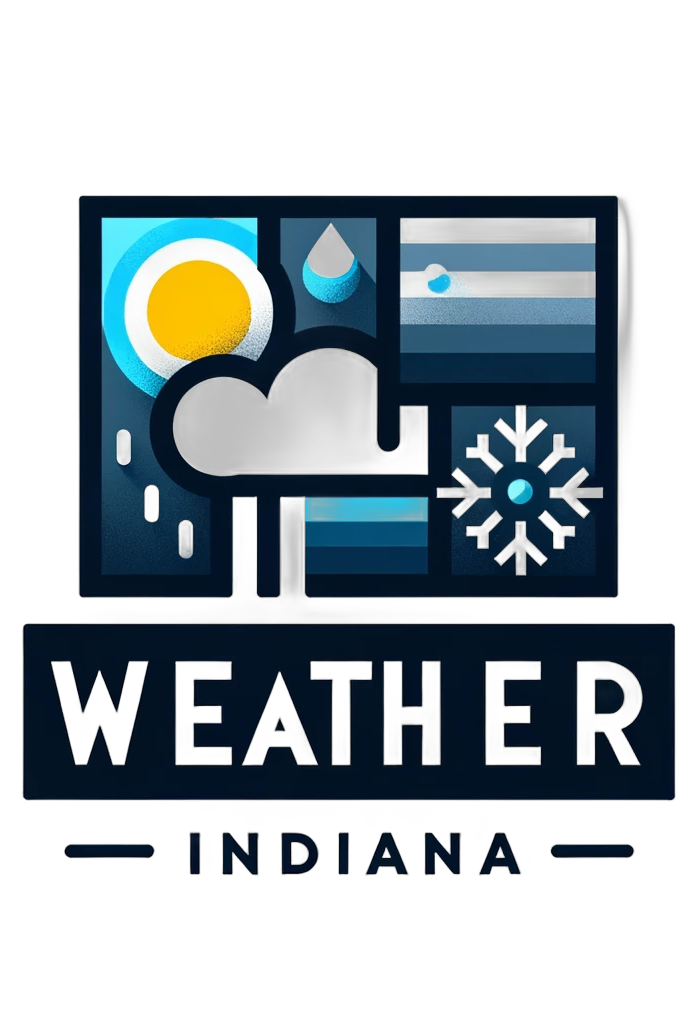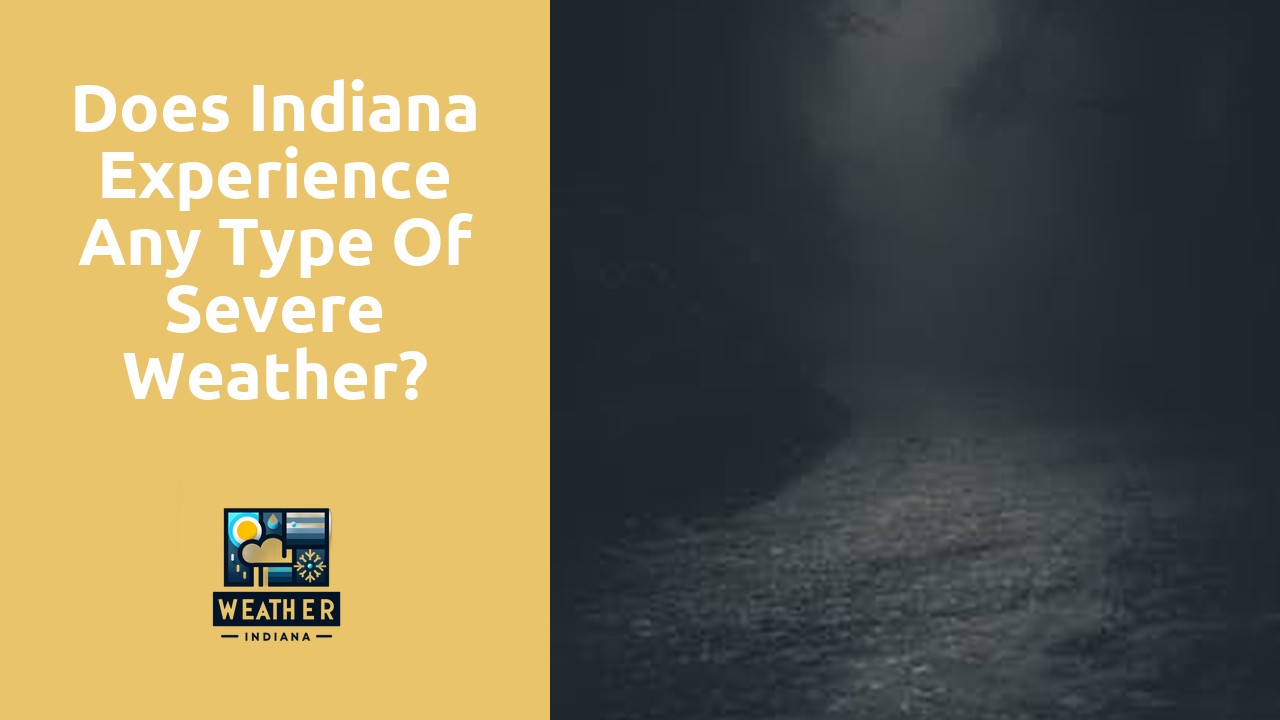Table Of Contents
Indiana’s Risk for Natural Disasters
Indiana, despite its relatively stable weather patterns, is not immune to natural disasters. The state faces a variety of severe weather events, including thunderstorms, tornadoes, floods, and winter storms. These occurrences can disrupt daily life, cause property damage, and pose risks to the safety of residents. Although Indiana may not experience extreme weather events as frequently as some other regions, the potential for natural disasters remains a concern for emergency management agencies and local communities.
Severe weather in Indiana can have significant economic impacts, affecting agriculture, infrastructure, and the overall well-being of its residents. Tornadoes, in particular, are a significant threat, with certain areas of the state falling within “Tornado Alley.” The frequency of severe storms and tornadoes underscores the importance of preparedness and resiliency efforts at both the state and local levels. By understanding the risks associated with natural disasters and implementing proactive measures, Indiana can mitigate the impact of severe weather events and safeguard the welfare of its population.
Assessing the State’s Vulnerability to Severe Weather
Indiana’s vulnerability to severe weather is a topic of concern among residents and authorities alike. The state experiences a range of severe weather events, including thunderstorms, tornadoes, hail, and flooding. Given its location in the Midwest, Indiana is susceptible to these natural disasters throughout the year. The frequency and intensity of these events can vary, but the potential for significant impact on communities and infrastructure is a constant reality.
Meteorological data and historical records provide valuable insights into the patterns and trends of severe weather in Indiana. Understanding past events and their consequences is crucial for assessing the state’s vulnerability and formulating effective disaster preparedness plans. By analyzing the frequency, severity, and locations of severe weather occurrences, authorities can better allocate resources, improve warning systems, and enhance response strategies to mitigate the impact on residents and minimize damage to property.
Climate Change and Indiana’s Weather Patterns
Climate change has been significantly impacting Indiana’s weather patterns in recent years. There has been a noticeable increase in the frequency and intensity of severe weather events across the state, ranging from powerful thunderstorms to destructive tornadoes. These changes underscore the need for robust adaptation strategies and proactive measures to mitigate the risks associated with extreme weather phenomena.
Moreover, Indiana’s climate has been experiencing shifts that result in periods of prolonged droughts as well as sudden heavy rainfall. These fluctuations can lead to detrimental consequences for agriculture, infrastructure, and public safety. As climate change continues to influence the state’s weather conditions, it becomes imperative for policymakers, emergency responders, and communities to collaborate on resilience-building initiatives that enhance preparedness and response efforts.
Understanding the Influence of Global Shifts on Local Weather
Global shifts in climate have a direct impact on local weather patterns in Indiana. As the Earth’s climate continues to change, the state is facing challenges such as more frequent and intense storms, extreme temperature fluctuations, and shifting precipitation patterns. These changes not only affect the day-to-day weather but also increase the risk of severe weather events like tornadoes, thunderstorms, and heavy rainfall in the region.
The influence of global shifts on Indiana’s weather is evident in the increasing frequency of extreme weather events over the past few decades. The changing climate is causing disruptions to traditional weather patterns, making it essential for policymakers, emergency responders, and residents to adapt and prepare for more unpredictable and severe weather conditions. By understanding the connection between global climate change and local weather phenomena, Indiana can better equip itself to mitigate the impacts of severe weather and enhance overall resilience to future weather-related challenges.
Emergency Response Plans for Severe Weather in Indiana
Emergency response plans for severe weather in Indiana play a crucial role in ensuring the safety and well-being of residents in times of crisis. These plans are designed to coordinate efforts among various agencies and organizations to provide timely assistance and facilitate a speedy recovery process. By having clear protocols in place, emergency responders can act swiftly and efficiently to mitigate the impact of severe weather events.
One key aspect of Indiana’s emergency response plans is the coordination of resources and personnel to address the specific challenges posed by different types of severe weather. From thunderstorms and tornadoes to winter storms and floods, the state faces a variety of weather-related hazards throughout the year. By tailoring response strategies to each type of disaster and leveraging technology and communication systems, Indiana aims to enhance its readiness and resilience in the face of severe weather threats.
Coordinating Efforts for Timely Assistance and Recovery
Efficient coordination among different agencies and organizations is crucial for providing timely assistance and facilitating swift recovery in the aftermath of severe weather events in Indiana. By establishing clear communication channels and predefined protocols, emergency response teams are better equipped to address the needs of affected communities promptly. This streamlined approach ensures that resources are allocated efficiently, enabling a more effective response to mitigate the impact of disasters.
Moreover, fostering collaboration between local, state, and federal authorities fosters a coordinated effort that leverages the unique strengths and resources of each entity. By developing comprehensive emergency response plans that outline roles and responsibilities, emergency responders can act swiftly and decisively when faced with severe weather challenges. This proactive approach enhances the overall preparedness and response capabilities, ultimately contributing to the resilience of Indiana’s communities in the face of natural disasters.
FAQS
Does Indiana experience severe weather events?
Yes, Indiana does experience severe weather events such as thunderstorms, tornadoes, floods, and winter storms.
What are the common types of severe weather in Indiana?
Common types of severe weather in Indiana include thunderstorms with damaging winds, tornadoes, heavy rainfall leading to flooding, and snowstorms in winter.
How does Indiana prepare for severe weather events?
Indiana prepares for severe weather events by having emergency response plans in place, monitoring weather forecasts, coordinating efforts between state agencies, and providing timely assistance to affected areas.
Are there any specific challenges Indiana faces in dealing with severe weather?
Indiana faces challenges such as rapid weather changes, urban flooding due to heavy rainfall, and the risk of tornadoes causing widespread damage.
What should residents do to stay safe during severe weather in Indiana?
Residents should stay informed about weather alerts, have a safety plan in place for their families, secure outdoor objects that could become projectiles in high winds, and follow guidance from local authorities during severe weather events.

